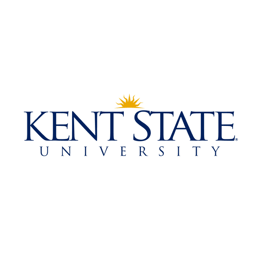Labor Cost Benchmarking
Proactive Fiscal Stewardship

Kent State University
Kent State University (KSU), founded in 1910, has become an R2 public research university with seven regional campuses, three national and international facilities, and more than 35,000 students.
Kent State has been on a rise for more than a decade, with record enrollment, retention, and graduation rates. However, the global pandemic in 2020 puts the higher education industry at risk. Despite concerns across the higher education sector, KSU has remained in a position of strength.
How KSU Uses the Data
Using Data Analytics to Beat the Odds
The global pandemic puts the higher education industry at a high risk with reports of a suspected 5-15% negative revenue pact in the coming fiscal year. To support their goals during economic uncertainty, KSU was able to target their efforts to reduce administrative spending and reinvest in student success.
KSU ROI Framework in Action
KSU needed insights to improve efficiency and boost institutional effectiveness. A comprehensive ROI framework with more than 50 data points to help identify opportunities to reinvest in student success was a pivotal opportunity for KSU to increase investments in mission-critical areas that emphasize the university’s core mission of student access, completion, and outcomes.
The Value of an Effective Institution
While cost analysis is a vital part of institutional growth, the other half of the effectiveness equation is ensuring that spending is targeted where it will have the most impact. Efficient administrative spending means reallocation of funds toward investments in student, staff, and faculty growth. With our benchmarking data, KSU was able to reallocate funding based on where they might be under or over-funded to make data-informed budgetary realignment decisions.
The Path to Mission and Data-Driven Success
While the country undergoes a global recession and an ongoing public health crisis, KSU remains financially viable despite these unprecedented challenges. By combining their commitment to high-quality education with data analytics, they have seen significant gains in not only ROI but in student success as well.



